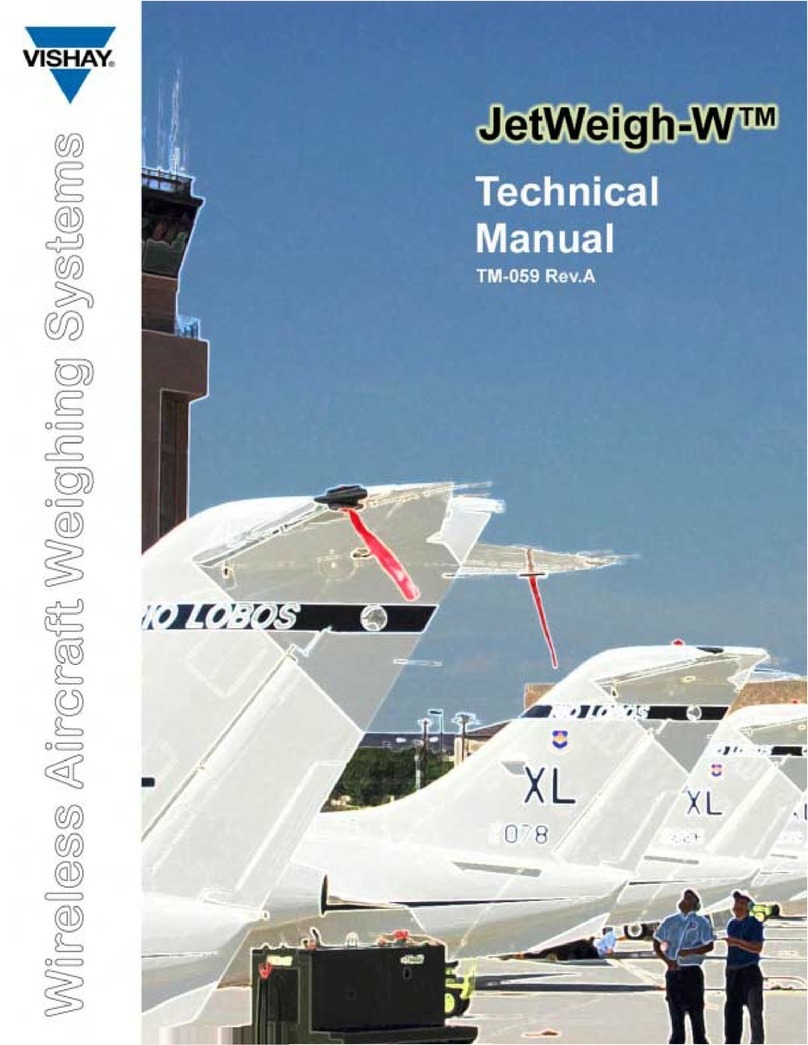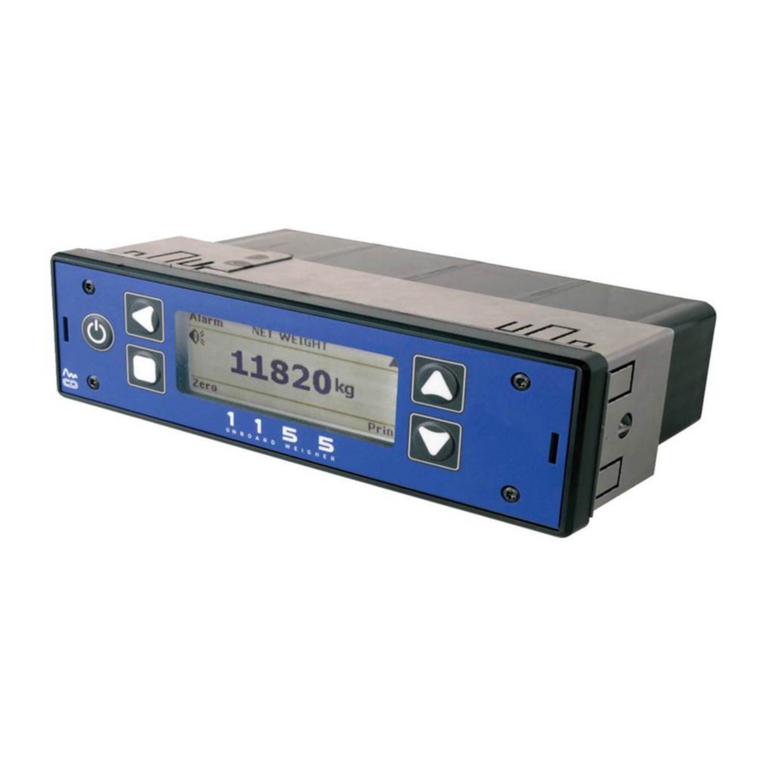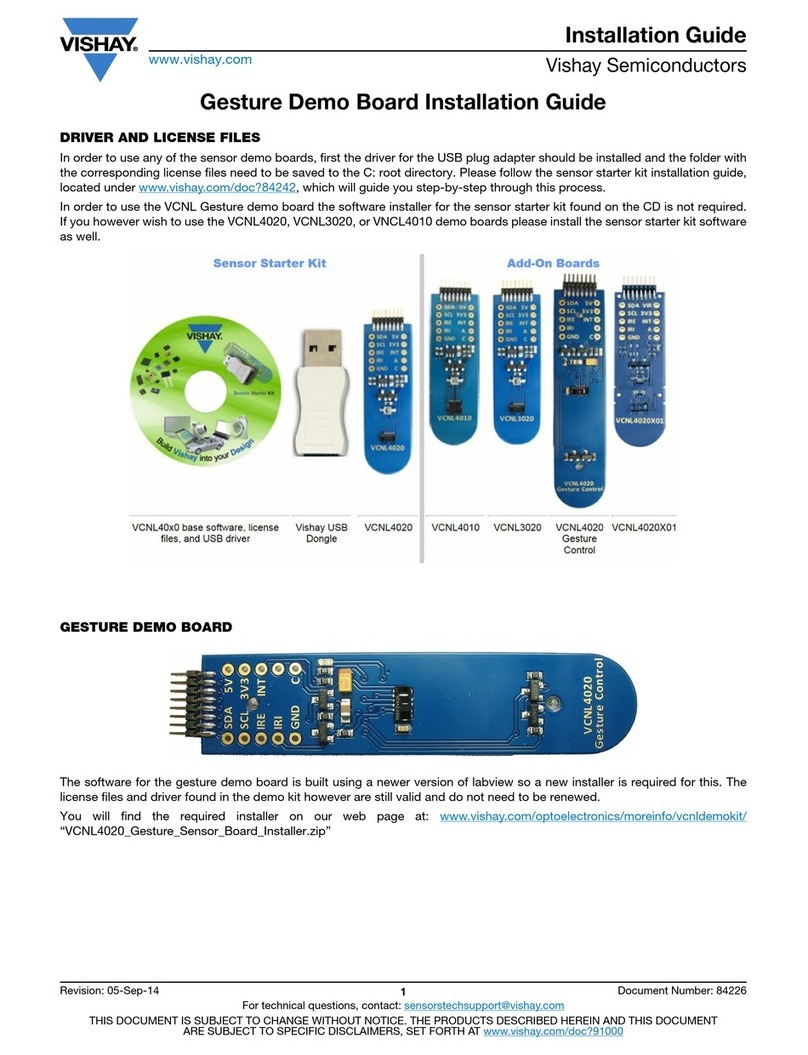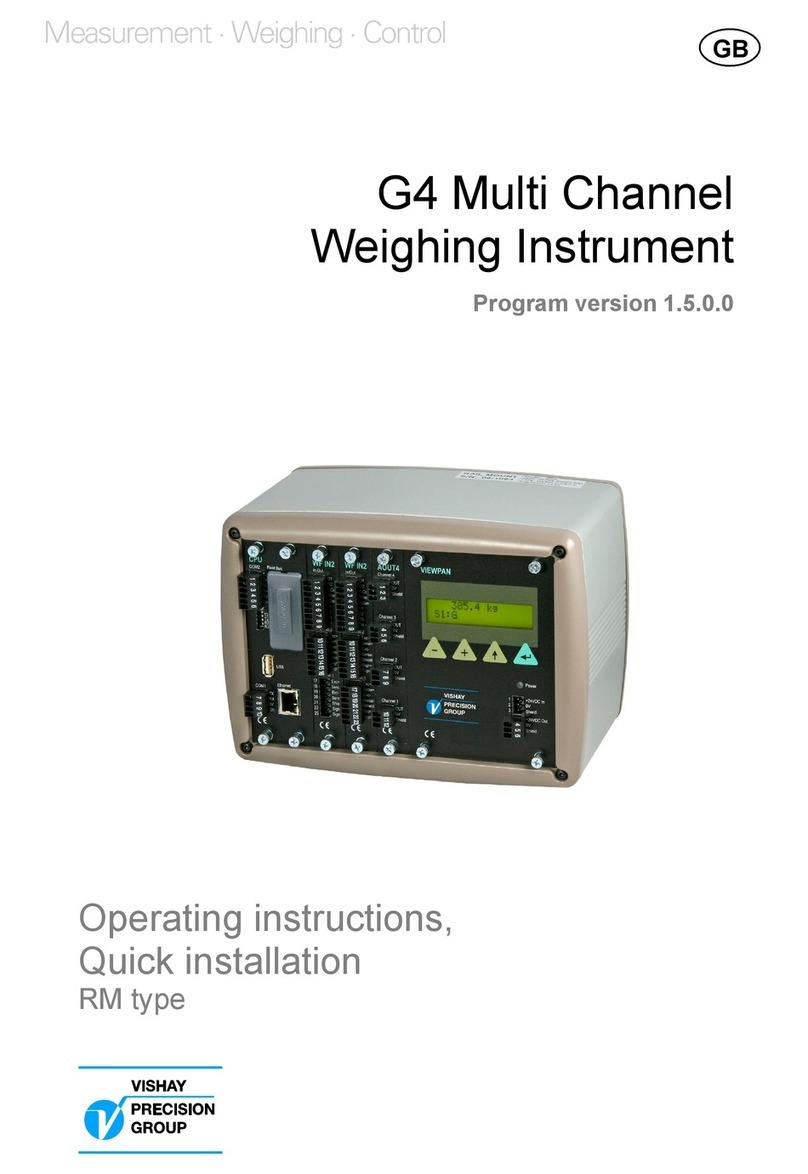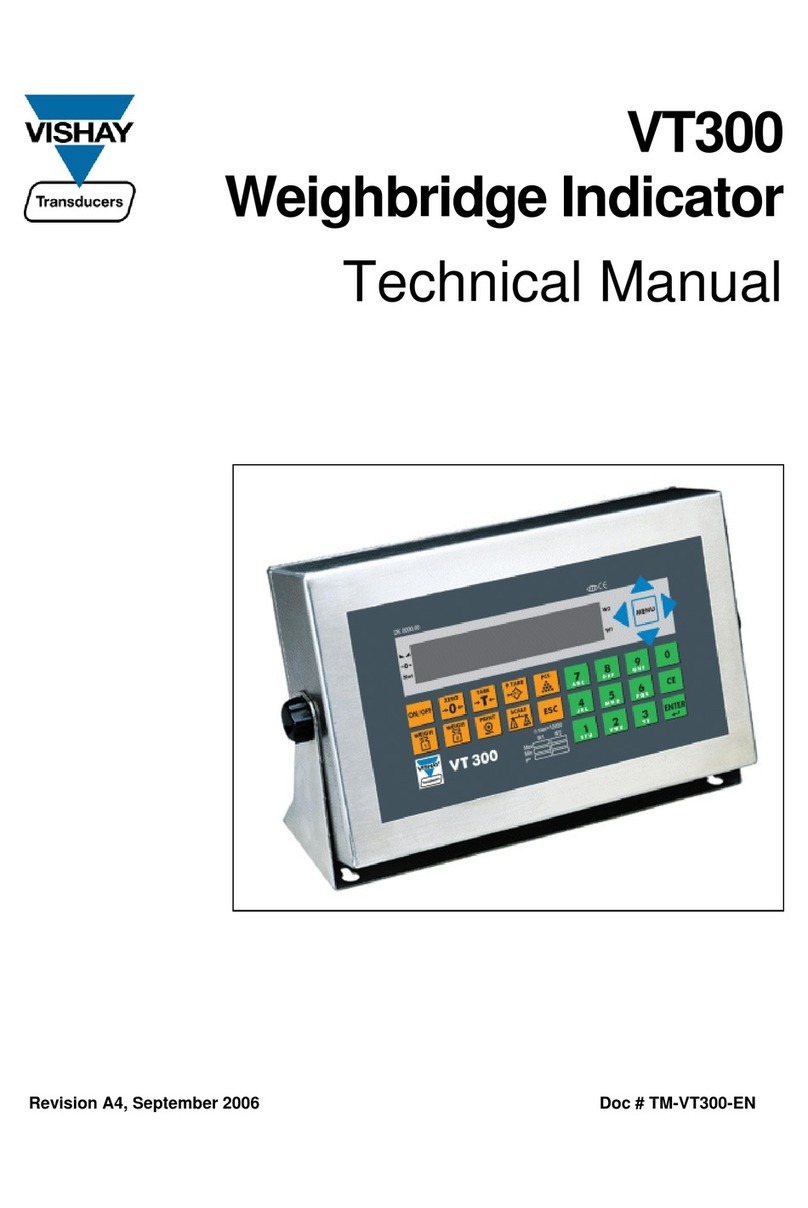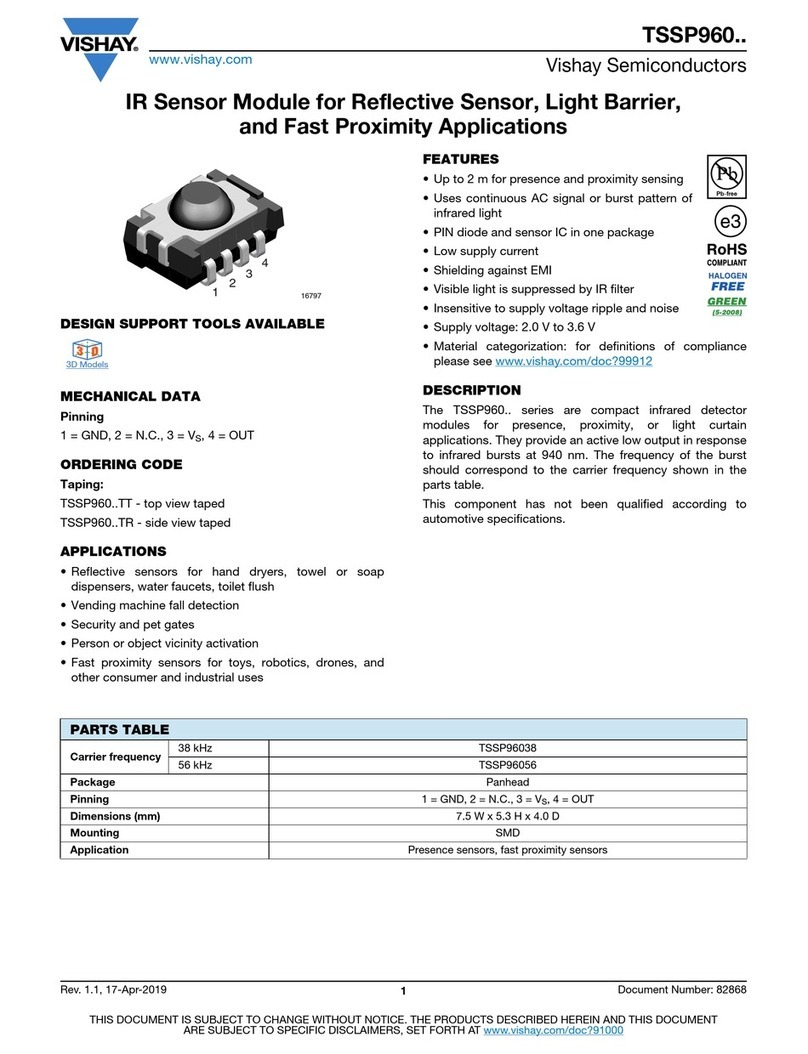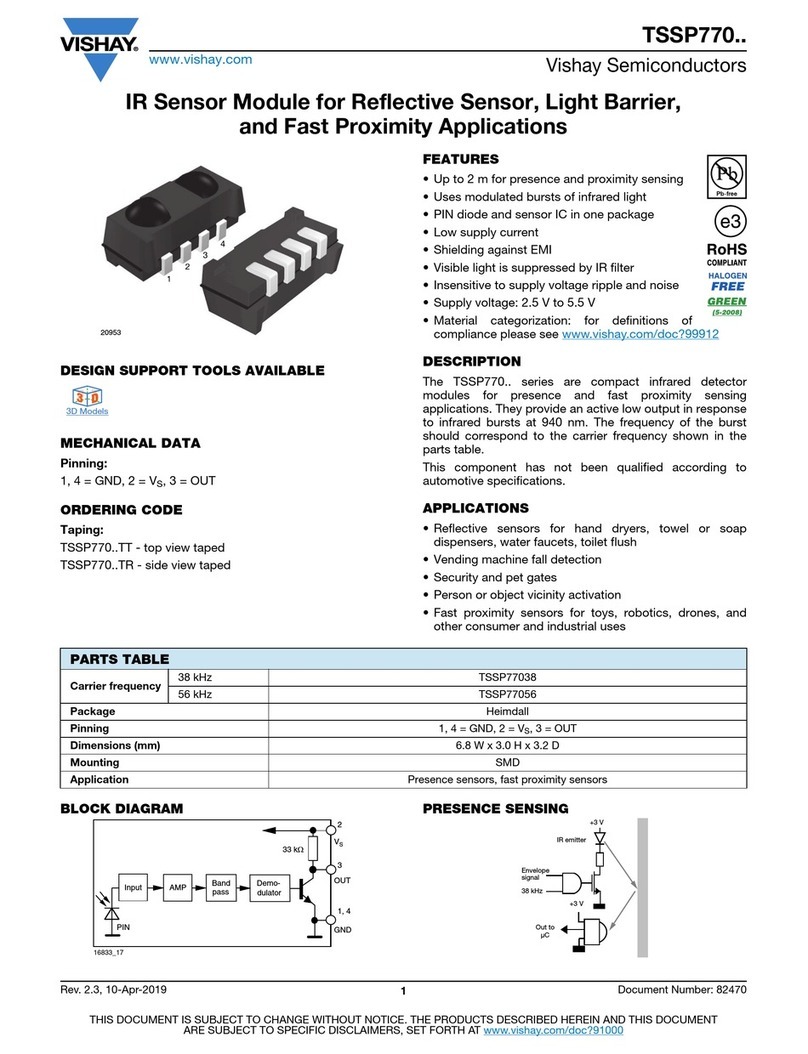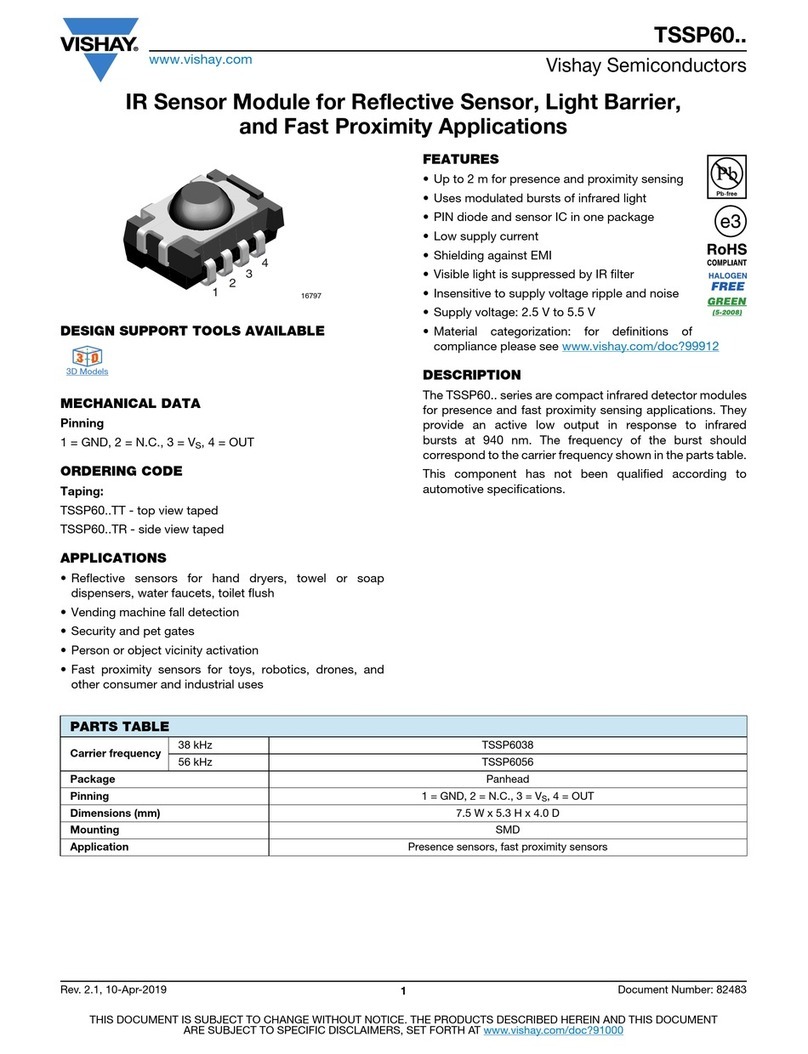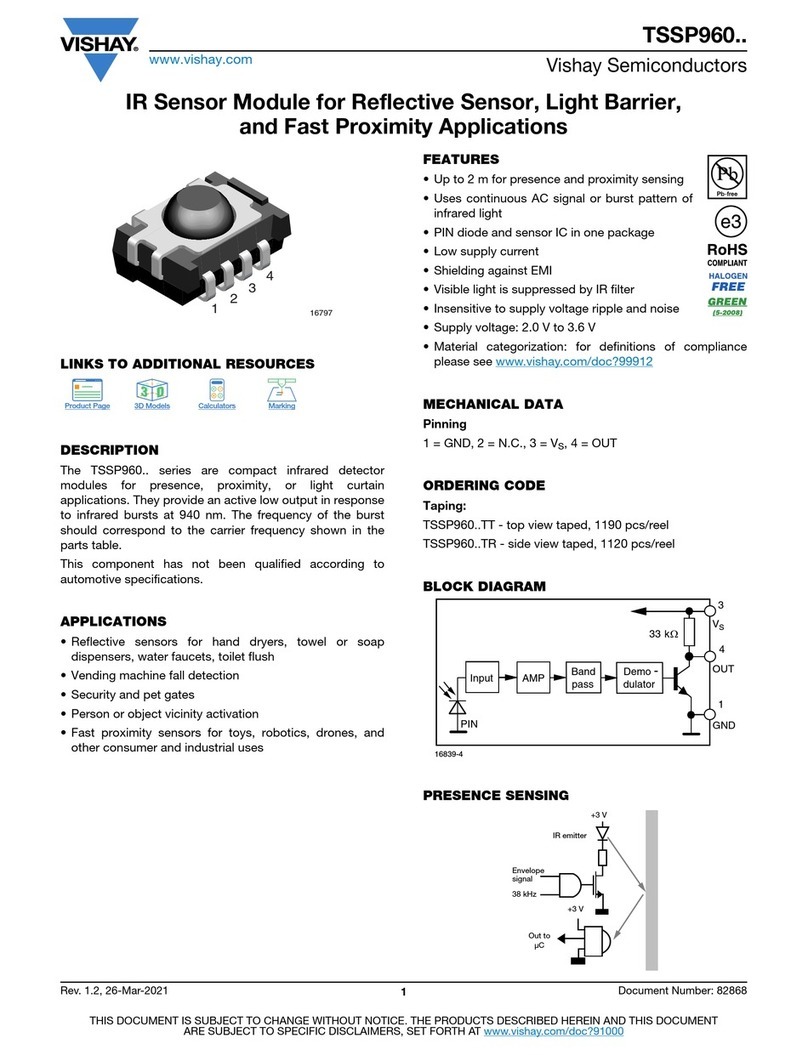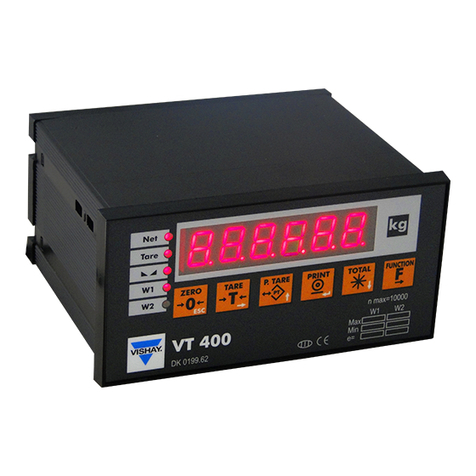G4 Multi Channel Weighing Instrument
1. Introduction
General .............................................1-1
Functions ..........................................1-2
Maintenance .....................................1-4
Safety information ............................1-4
Technical data ..................................1-5
Ordering information ......................1-12
2. Installation
Mechanical installation .....................2-1
Electrical installation .........................2-2
CPU unit............................................2-3
VIEWPAN module ............................2-5
WF IN, WF IN2 and HS WF2 ...........2-6
AOUT1 and AOUT4 .........................2-9
DIO8 ...............................................2-10
Profibus-DP Fieldbus Adaptor.........2-11
DeviceNet Fieldbus Adaptor ..........2-13
3. Set-up
General .............................................3-1
Operators interface ...........................3-3
Menu structure .................................3-8
Parameters .....................................3-11
Program options .............................3-48
4. Calibration
General .............................................4-1
Common parameters .......................4-2
Data sheet calibration ......................4-4
Table calibration ...............................4-5
Deadweight calibration .....................4-5
5. Operation
General .............................................5-1
Power supply ....................................5-1
Power-up sequence .........................5-1
Weight display ..................................5-2
Security locks ...................................5-3
Taring ...............................................5-4
Gross/Net operation .........................5-5
Zero setting ......................................5-5
Zero-track./Auto. zero setting ...........5-6
Motion ...............................................5-6
Weight printing .................................5-7
Batch report printing .........................5-8
Main menu ........................................5-8
Level supervision ...........................5-10
Setpoint function ............................5-11
Use of inputs and outputs ..............5-12
Filter function .................................5-12
Flow rate ........................................5-14
6. Communication
General ............................................6-1
Serial interface..................................6-1
Modbus RTU Slave ..........................6-1
Modbus TCP Slave ..........................6-2
External I/O.......................................6-3
EtherNet/IP ......................................6-4
Ftp Server.........................................6-9
Modbus protocol ..............................6-9
Fieldbus interface ...........................6-38
Fieldbus and EtherNet/IP Data Def.6-39
Weight printing................................6-52
7. Remote Access
General ............................................7-1
Browser requirements.......................7-1
Using the Remote Access ...............7-2
Security.............................................7-2
Remote Access Login and Logout....7-3
Remote / Local Access.....................7-5
Remote Set-up..................................7-6
Remote Access Maintenance.........7-10
Instrument Restart..........................7-19
8. Maintenance
General ............................................8-1
Diagnostics .......................................8-1
File handling ....................................8-5
Create Backup .................................8-6
Restore Backup ...............................8-6
Set Default........................................8-6
Program Upgrade .............................8-7
Instrument Restart............................8-7
9. Troubleshooting
General.............................................9-1
Error codes ......................................9-1
Appendix
Declaration of Conformity.............App.1
Contents
